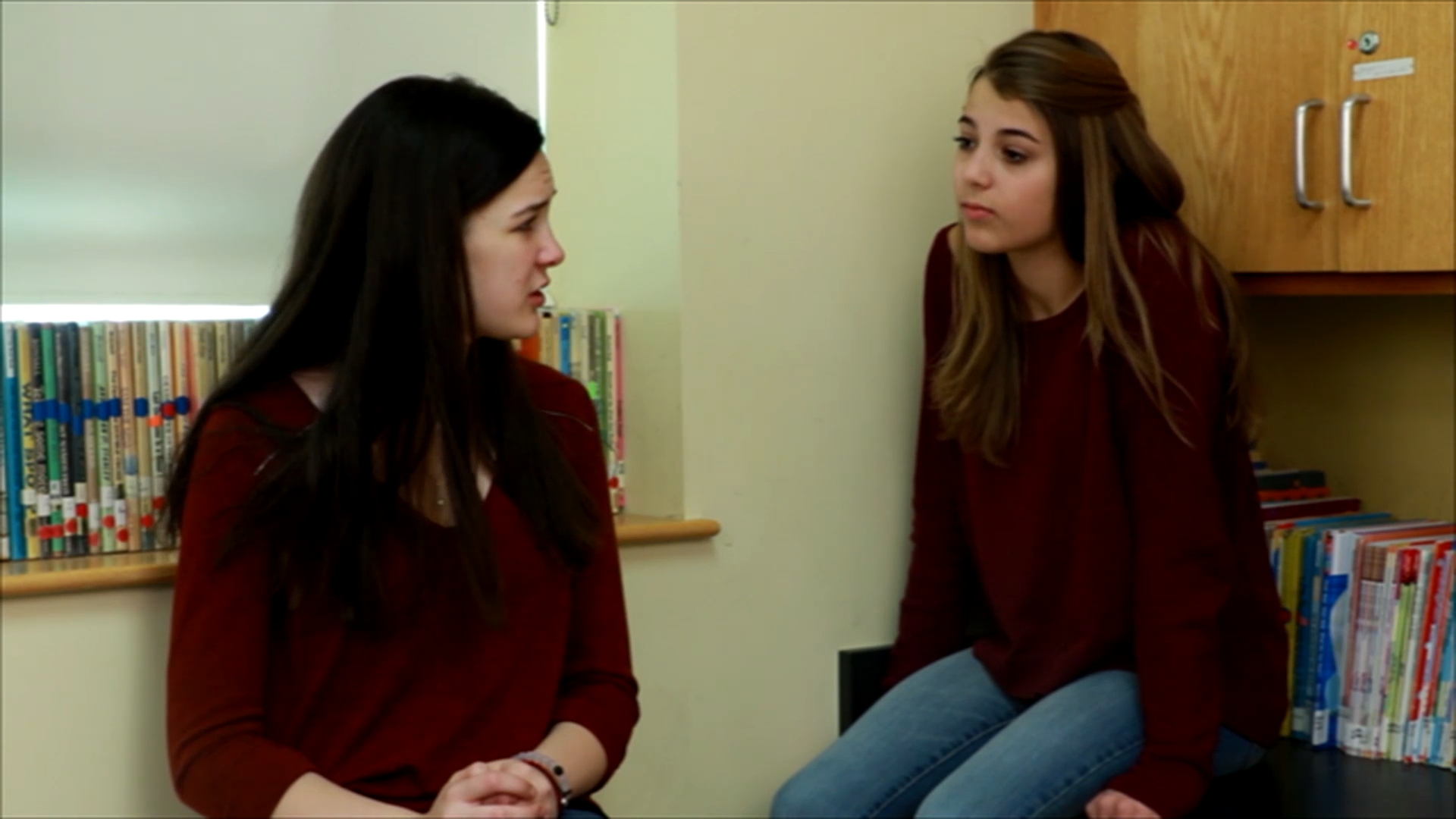Introduction
Teaching problem-solving skills is an essential aspect of Social-Emotional Learning, as it helps students navigate through various challenges that arise in their daily lives. By developing these skills, students can handle conflicts, find solutions, and make better decisions in social situations. In this blog post, we will explore a no-prep activity, discussion questions, and related skills to help educators teach problem-solving strategies to middle school students.
No-Prep Activity: Role-Playing Scenarios
Role-playing is an engaging activity that requires no preparation or materials from the educator. It allows students to practice problem-solving skills in a safe and controlled environment. To conduct this activity, follow these steps:
- Divide students into pairs or small groups.
- Provide each group with a social situation or conflict that they might encounter in their daily lives, such as a disagreement between friends, a scheduling conflict, or a group project challenge.
- Ask the students to act out the scenario and work together to identify the problem, decide if it’s a big or small issue, and brainstorm possible solutions.
- Encourage students to choose the best solution and act out how they would implement it in the given situation.
- After each group has completed their role-play, have a class discussion about the experience, the solutions chosen, and how the students felt while resolving the problem.
Discussion Questions
Use these questions to stimulate further discussions about problem-solving skills:
- What are some indicators that a problem is big or small? How can recognizing the size of a problem help us find solutions?
- How can communication skills, such as active listening and empathy, aid in problem-solving?
- What are some strategies you can use when you’re feeling overwhelmed or stuck while trying to solve a problem?
- How can working with others help us come up with more effective solutions to problems?
- Can you share an example of a time when you successfully solved a problem in a social situation? What did you learn from that experience?
Related Skills
Problem-solving skills are closely connected to other essential social-emotional skills that students should develop. Some related skills include:
- Communication: Expressing thoughts, feelings, and ideas effectively is crucial for successful problem-solving.
- Decision-making: Evaluating options and making informed choices is a critical aspect of resolving conflicts and finding solutions.
- Collaboration: Working together with others can lead to more creative and effective solutions to problems.
- Emotional regulation: Managing emotions, such as frustration or anger, can help students stay focused on finding solutions.
- Resilience: Bouncing back from setbacks and learning from failures are essential components of problem-solving and personal growth.
Next Steps
Now that you have an understanding of how to teach problem-solving skills to middle school students, we encourage you to explore more social-emotional learning resources. Sign up for free samples of various skills, activities, and lessons to help your students develop a strong foundation in social-emotional learning. By incorporating these resources into your teaching, you can empower your students to navigate social situations with confidence and ease.






